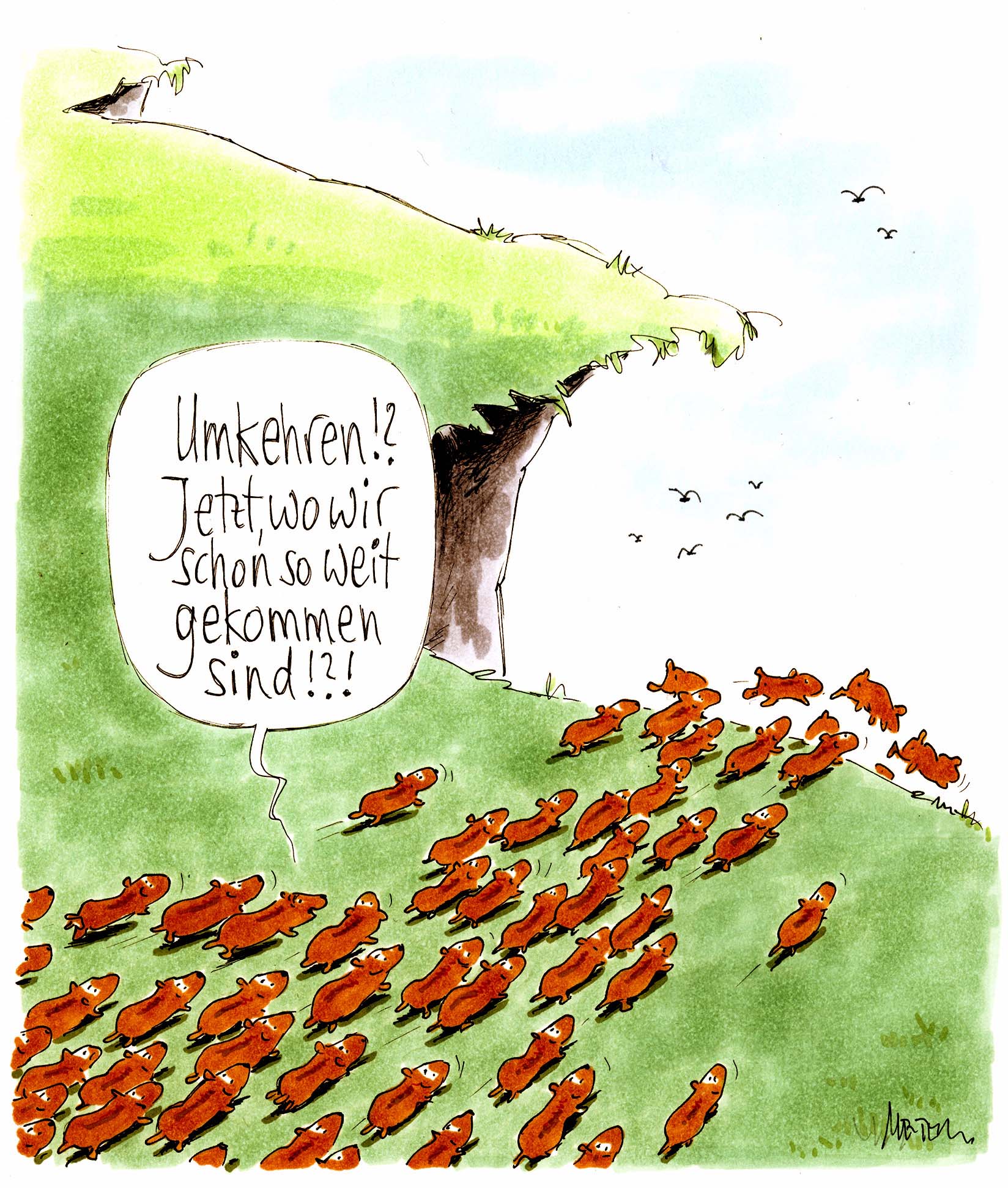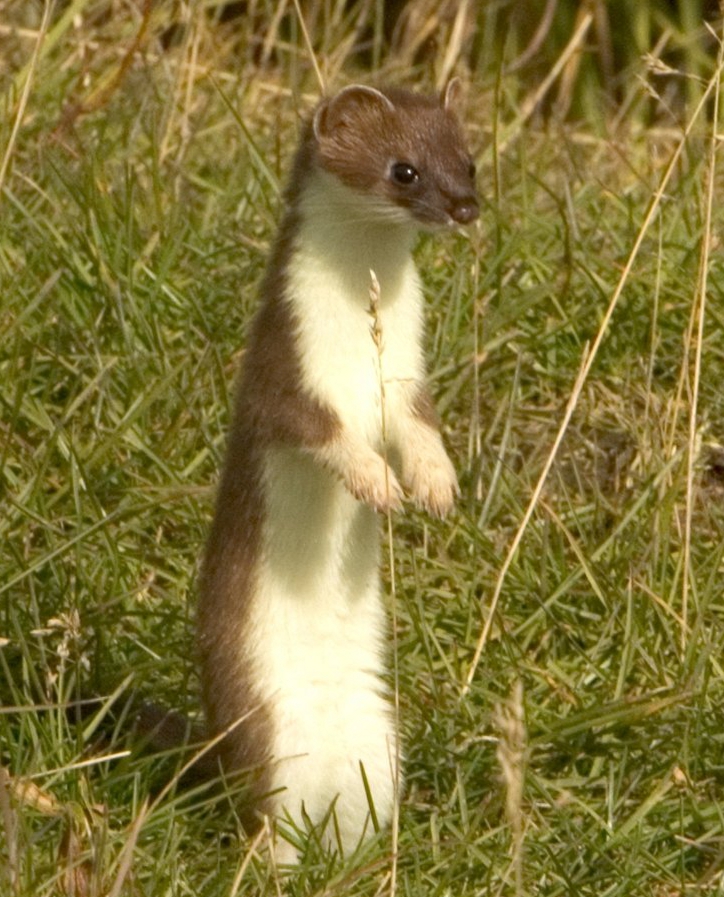|
Mousefood
Mousefood, Melqurat, Maqaruaruat or Anlleq is a native Foraging, foraged food and medicine highly prized by Yupik peoples, Yupik people on the Yukon-Kuskokwim Delta. Foraging Mousefood consists of the roots of various tundra plants which are wiktionary:cache#Noun, cached by voles, lemmings, or occasionally weasels in burrows. People forage and eat the food that the "mice" have harvested and stored. Elders teach that when collecting mousefood, one should always leave half of the cache for the "mouse". They also recommend leaving a gift – something that the "mouse" can eat. Species Various species of tundra plants may be foraged as mousefood. The roots of Eriophorum angustifolium, tall cottongrass, Eriophorum scheuchzeri, white cottongrass and Eriophorum russeolum, Russett cottongrass are less than an inch long. They are eaten, put in soup, or used medicinally with seal oil. "Eskimo sweet potatoes" are the roots of ''Hedysarum alpinum''. As the name suggests, these roots are ... [...More Info...] [...Related Items...] OR: [Wikipedia] [Google] [Baidu] |
Foraging
Foraging is searching for wild food resources. It affects an animal's fitness because it plays an important role in an animal's ability to survive and reproduce. Foraging theory is a branch of behavioral ecology that studies the foraging behavior of animals in response to the environment where the animal lives. Behavioral ecologists use economic models and categories to understand foraging; many of these models are a type of optimal model. Thus foraging theory is discussed in terms of optimizing a payoff from a foraging decision. The payoff for many of these models is the amount of energy an animal receives per unit time, more specifically, the highest ratio of energetic gain to cost while foraging. Foraging theory predicts that the decisions that maximize energy per unit time and thus deliver the highest payoff will be selected for and persist. Key words used to describe foraging behavior include ''resources'', the elements necessary for survival and reproduction which have a l ... [...More Info...] [...Related Items...] OR: [Wikipedia] [Google] [Baidu] |
Yupik Peoples
The Yupik (; ) are a group of Indigenous or Aboriginal peoples of western, southwestern, and southcentral Alaska and the Russian Far East. They are related to the Inuit and Iñupiat. Yupik peoples include the following: * Alutiiq, or Sugpiaq, of the Alaska Peninsula and coastal and island areas of southcentral Alaska. * Yupʼik or Central Alaskan Yupʼik of the Yukon–Kuskokwim Delta, the Kuskokwim River, and along the northern coast of Bristol Bay as far east as Nushagak Bay and the northern Alaska Peninsula at Naknek River and Egegik Bay in Alaska. * Siberian Yupik, including Naukan, Chaplino,Achirgina-Arsiak, Tatiana"Northeastern Siberian: Yupik (Asiatic Eskimo)."''Alaska Native Collections.'' 1996. Retrieved 20 July 2012. and—in a linguistic capacity—the Sirenik of the Russian Far East and St. Lawrence Island in western Alaska. Population The Yupʼik people are by far the most numerous of the various Alaska Native groups. They speak the Central Alaskan Y ... [...More Info...] [...Related Items...] OR: [Wikipedia] [Google] [Baidu] |
Tundra Plant
About 1,702 species of plants live on the Arctic tundra, including flowering plants, short shrubs, herbs, grasses, and mosses. These plants are adapted to short, cold growing seasons. They have the ability to withstand extremely cold temperatures in the winter (winter hardiness), and grow and reproduce in summer conditions that are quite limiting. As of 2005, arctic vegetation covered approximately of land. The area of Arctic vegetation decreased by approximately from 1980 to 2000, with a corresponding increase in the boreal forest (taiga). This decrease is linked to the warming of the Arctic due to climate change. Adaptations Arctic plants have a number of adaptations to the compressed growing season and low temperatures: * They initiate growth rapidly in the spring, and flower and set seed much sooner than plants that grow in warmer conditions. * Their peak metabolic rate occurs at a much lower temperature than plants from farther south, but only peaks for a short growing ... [...More Info...] [...Related Items...] OR: [Wikipedia] [Google] [Baidu] |
Cache
Cache, caching, or caché may refer to: Science and technology * Cache (computing), a technique used in computer storage for easier data access * Cache (biology) or hoarding, a food storing behavior of animals * Cache (archaeology), artifacts purposely buried in the ground * InterSystems Caché, a database management system from InterSystems Places United States * Cache, Idaho, an unincorporated community * Cache, Illinois, an unincorporated community * Cache, Oklahoma, a city in Comanche County * Cache, Utah, Cache County, Utah * Cache County, Utah * Cache Peak (Idaho), a mountain in Castle Rocks State Park Other places * Cache, Aosta, a frazione in Italy * Cache Creek (other), several places Arts, entertainment and media * ''Caché'' (album), a 1993 album by Kirk Whalum * ''Caché'' (film), a 2005 film directed by Michael Haneke Commerce * Cache (retailer), a defunct retail clothing store * Caché, Inc., a Florida women's apparel company owned by And ... [...More Info...] [...Related Items...] OR: [Wikipedia] [Google] [Baidu] |
Voles
Voles are small rodents that are relatives of lemmings and hamsters, but with a stouter body; a longer, hairy tail; a slightly rounder head; smaller eyes and ears; and differently formed molar (tooth), molars (high-crowned with angular cusps instead of low-crowned with rounded cusps). They are sometimes known as meadow mice or field mice. Vole species form the subfamily Arvicolinae with the lemmings and the muskrats. There are approximately 155 different vole species. Description Voles are small rodents that grow to , depending on the species. Females can have five to ten litters per year, though with an average lifespan of three months and requiring one month to adulthood, two litters is the norm. Gestation lasts for three weeks and the young voles reach sexual maturity in a month. As a result of this biological exponential growth, vole populations can grow very large within a short time. One mating pair can produce 100 offspring every year. Voles outwardly resemble several ... [...More Info...] [...Related Items...] OR: [Wikipedia] [Google] [Baidu] |
Lemmings
A lemming is a small rodent, usually found in or near the Arctic in tundra biomes. Lemmings form the subfamily Arvicolinae (also known as Microtinae) together with voles and muskrats, which form part of the superfamily Muroidea, which also includes rats, mice, hamsters and gerbils. A longstanding myth holds that they exhibit herd mentality and jump off cliffs, committing mass suicide. Description and habitat Lemmings measure around in length and weigh around . Lemmings are quite rounded in shape, with brown and black, long, soft fur. They have a very short tail, a stubby, hairy snout, short legs and small ears. They have a flattened claw on the first digit of their front feet, which helps them to dig in the snow. They are herbivorous, feeding mostly on mosses and grasses. They also forage through the snow surface to find berries, leaves, shoots, roots, bulbs, and lichens. Lemmings choose their preferred dietary vegetation disproportionately to its occurrence in their hab ... [...More Info...] [...Related Items...] OR: [Wikipedia] [Google] [Baidu] |
Weasels
Weasels are mammals of the genus ''Mustela'' of the family Mustelidae. The genus ''Mustela'' includes the least weasels, polecats, stoats, ferrets, and European mink. Members of this genus are small, active predators, with long and slender bodies and short legs. The family Mustelidae, or mustelids (which also includes badgers, otters, and wolverines), is often referred to as the "weasel family". In the UK, the term "weasel" usually refers to the smallest species, the least weasel (''M. nivalis''), the smallest carnivoran species. Least weasels vary in length from , females being smaller than the males, and usually have red or brown upper coats and white bellies; some populations of some species moult to a wholly white coat in winter. They have long, slender bodies, which enable them to follow their prey into burrows. Their tails may be from long. Weasels feed on small mammals and have from time to time been considered vermin because some species took poultry from farms ... [...More Info...] [...Related Items...] OR: [Wikipedia] [Google] [Baidu] |
Eriophorum Angustifolium
''Eriophorum angustifolium'', commonly known as common cottongrass or common cottonsedge, is a species of flowering plant in the sedge family, Cyperaceae. Native to North America, North Asia, and Europe, it grows on peat or acidic soils, in open wetland, heath or moorland. It begins to flower in April or May and, after fertilisation in early summer, the small, unremarkable brown and green flowers develop distinctive white bristle-like seed-heads that resemble tufts of cotton; combined with its ecological suitability to bog, these characteristics give rise to the plant's alternative name, bog cotton. ''Eriophorum angustifolium'' is a hardy, herbaceous, rhizomatous, perennial sedge, able to endure in a variety of environments in the temperate, subarctic and arctic regions of Earth. Unlike '' Gossypium'', the genus from which cotton is derived, the bristles which grow on ''E. angustifolium'' are unsuited to textile manufacturing. Nevertheless, in Northern Europe, they w ... [...More Info...] [...Related Items...] OR: [Wikipedia] [Google] [Baidu] |
Eriophorum Scheuchzeri
''Eriophorum scheuchzeri'' is a species of flowering plant in the sedge family known by the common names Scheuchzer's cottongrass and white cottongrass. It has an arctic circumpolar and circumboreal distribution in the Northern Hemisphere. It can be found in Alaska, across Canada, in the Arctic islands, Greenland, Iceland, and across Eurasia.Aiken, S.G., et al. 2007Flora of the Canadian Arctic Archipelago: Descriptions, Illustrations, Identification, and Information Retrieval.NRC Research Press, National Research Council of Canada, Ottawa. Disjunct occurrences exist in the Rocky Mountains, in the high mountains of southern Europe (the Pyrenees, Alps, and the Caucasus) and on Mount Daisetsu in Japan and some other Asian mountains.Ladyman, J.A.R''Eriophorum scheuchzeri'' Hoppe (white cottongrass): A technical conservation assessment. nline USDA Forest Service, Rocky Mountain Region. March 2, 2006. Description This species is a perennial herb producing colonies via its rhizome ... [...More Info...] [...Related Items...] OR: [Wikipedia] [Google] [Baidu] |
Eriophorum Russeolum
''Eriophorum chamissonis'' is a species of flowering plant belonging to the family Cyperaceae. Distribution and habitat The native range of ''Eriophorum chamissonis'' is Subarctic The subarctic zone is a region in the Northern Hemisphere immediately south of the true Arctic, north of hemiboreal regions and covering much of Alaska, Canada, Iceland, the north of Fennoscandia, Northwestern Russia, Siberia, and the Cair ... to Western Central USA. References Bibliography * * * External links * {{Taxonbar, from=Q15587013, from2=Q15251806 chamissonis Plants described in 1831 ... [...More Info...] [...Related Items...] OR: [Wikipedia] [Google] [Baidu] |
Seal Oil
Seal may refer to any of the following: Common uses * Pinniped, a diverse group of semi-aquatic marine mammals, many of which are commonly called seals, particularly: ** Earless seal, also called "true seal" ** Fur seal ** Eared seal * Seal (emblem), a device to impress an emblem, used as a means of authentication, on paper, wax, clay or another medium (the impression is also called a seal) * Seal (mechanical), a device which helps prevent leakage, contain pressure, or exclude contamination where two systems join ** Hermetic seal, an airtight mechanical seal * Security seals such as labels, tapes, bands, or ties affixed onto a container in order to prevent and detect tampering Arts, entertainment and media * ''Seal'' (1991 album), by Seal * ''Seal'' (1994 album), sometimes referred to as ''Seal II'', by Seal * '' Seal IV'', a 2003 album by Seal * ''Seal Online'', a 2003 massively multiplayer online role-playing game Law * Seal (contract law), a legal formality for contract ... [...More Info...] [...Related Items...] OR: [Wikipedia] [Google] [Baidu] |




